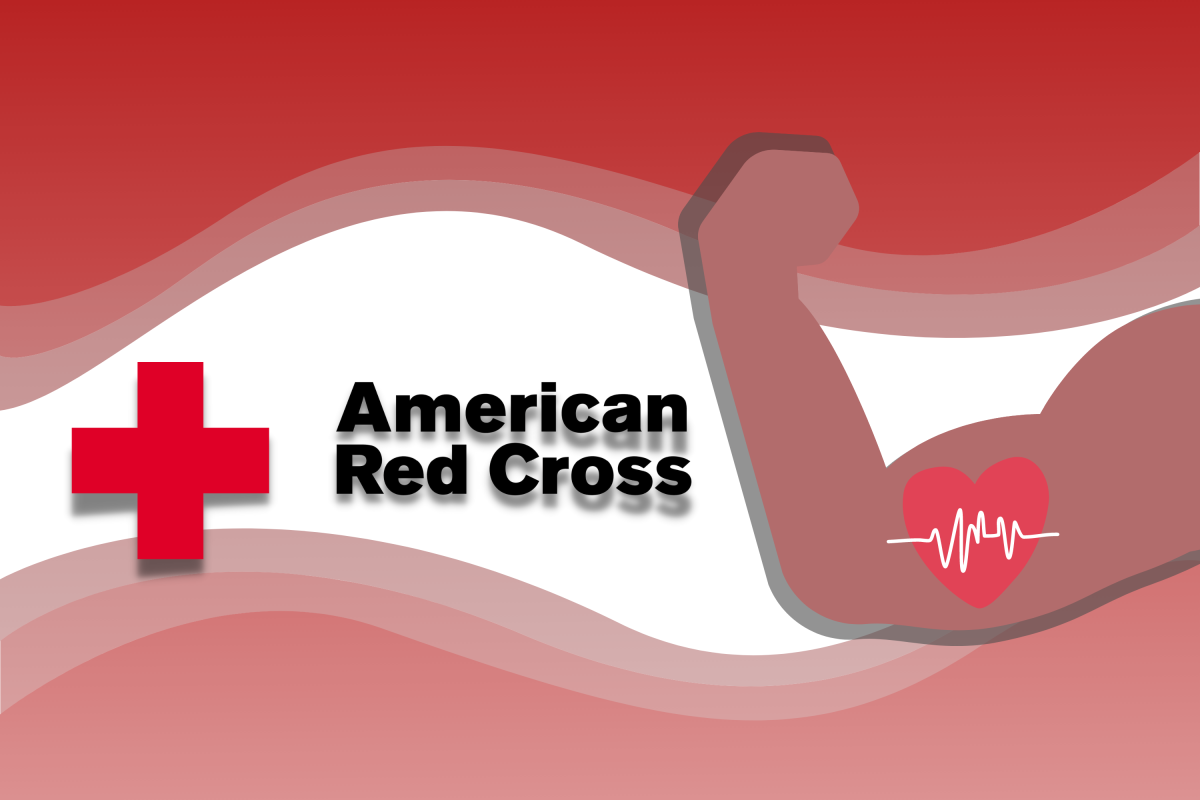Amid a historic national blood shortage, St. Joe’s hosted its first on-campus blood drive of the year on March 22.
The drive, in coordination with the American Red Cross and University Student Senate (USS), took place from 9 a.m. to 7 p.m. in the President’s Lounge in Campion Student Center. Due to covid-19, it was only open to the St. Joe’s community.
Thomas Betterly, speaker of the USS and a blood donor, said he always enjoys helping work at blood drives on campus.
“Working the registration table during the drive is one of my favorite parts,” Betterly wrote in response to written questions from The Hawk. “When I am able to do it, I get to be a part of a donor’s journey through blood donation.”
Betterly said this is the third blood drive he has been a part of at St. Joe’s.
“One donation of blood can save up to three lives, so it is amazing to be able to host an event where up to 74 people can be a part of this amazing life-saving process,” Betterly said.
In addition to the March 22 blood drive, the university has hosted three other blood drives since the pandemic-induced shutdown in March 2020, according to Eileen Bevilacqua, director of the Student Health Center. The drives collected 34 pints of blood in April 2021, 26 pints in July 2021 and 22 pints in November 2021, Bevilacqua said in response to written questions from The Hawk.
“Most of the credit belongs to the American Red Cross,” Betterly said. “They are such a great partner, and they do the bulk of the work. Our role at St. Joe’s is to coordinate the logistics (room setup, advertising, and some operations on the day of the event).”
Alana Mauger, regional communications manager for the American Red Cross of Southeastern Pennsylvania, said the organization has seen a steep decline in blood donations since the start of the pandemic.
“In the beginning [of the covid pandemic], we had hundreds of blood drives canceled, thousands across the country in a two-week period,” Mauger said.
Those cancellations resulted in a 10% decrease in the number of people donating blood nationwide, Mauger said. That decline has also been felt in the college sector, she said, where students are often first-time donors.
Because of the pandemic, colleges and universities have not been hosting blood drives as regularly as they once had, causing a ripple effect, Mauger said.
“What we find is that if a student starts giving [blood] when they’re in college, they’re more likely to continue to give after they graduate because that habit has been set,” Mauger said.
At the beginning of the pandemic in 2020, Mary Brown, adjunct professor of Latin, and her student, Fox Ryker ’22, launched “Hawks Make a Miracle,” a social media initiative to promote blood donations.
“The shutdown occurred, the pandemic was really sweeping, and people needed blood,” said Brown, who is co-chair of the St. Margaret Parish blood drive committee in Narberth. “People don’t know how important it is and how easy it is.”
Betterly said during his time working with blood drives at St. Joe’s, one of the most challenging aspects is getting students, faculty and staff engaged with the donation process.
“Although there are certain roadblocks that cannot be easily circumnavigated-health issues, eligibility concerns-it is difficult to convince people to donate,” Betterly said. “Many people are weary of the donation process”
For those on the fence about donating, Mauger said giving blood is an easy process. It takes about eight to 10 minutes for most people and the Red Cross provides snacks. The trade-off is worth it, Mauger said.
“It’s a really selfless and easy thing to do for college students,” Mauger said. “We know you have super busy lives but if you can take an hour out of your day, you’re literally saving lives.”















































